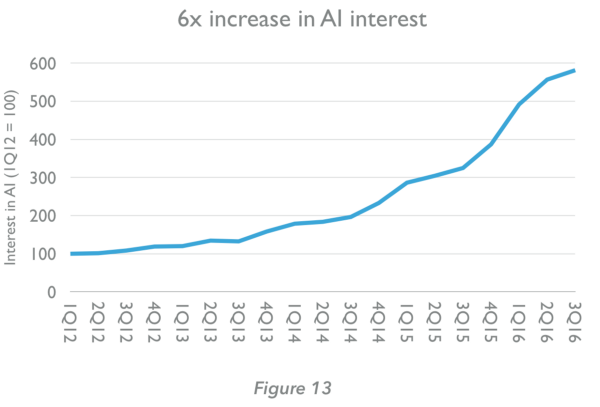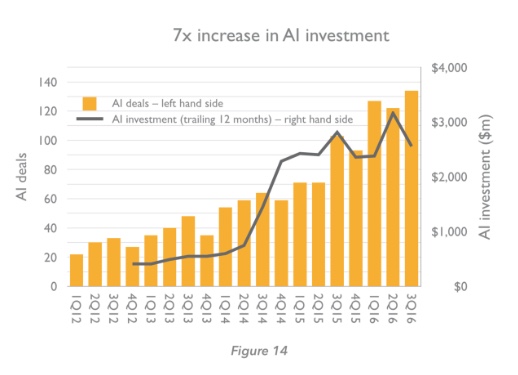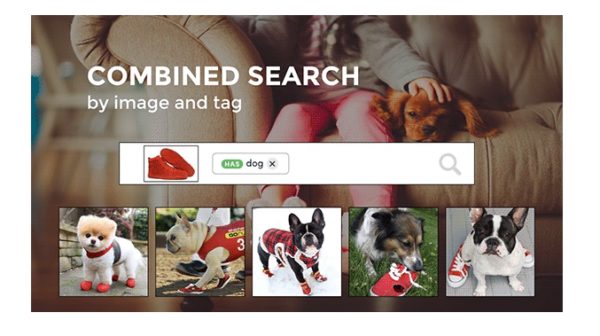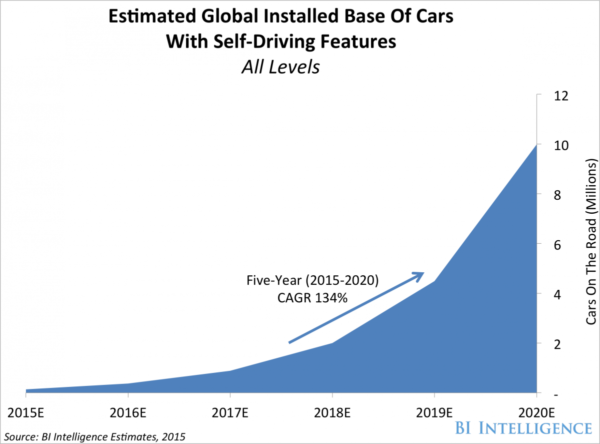What Is Going To Happen In 2017
Happy New Year Everyone. Yesterday we focused on the past, today we are going to focus on the future, specifically this year we are now in. Here’s what I expect to happen this year:
- Trump will hit the ground running, cutting corporate and personal taxes, and eliminating the preferential treatment of carried interest capital gains. The stock market has already factored in these tax cuts so it won’t be as big of a boon for investors as might be expected, but the seven and half year bull market run will be extended as a result of this tax cut stimulus before being halted by rising rates and/or some boneheaded move by President Trump which seems inevitable. We just don’t know the timing of it. The loss of capital gains treatment on carried interest won’t hurt professional investors too much because the lower personal tax rates will take the sting out of it. In addition, corporations will use the lower tax rates as an excuse to bring back massive amounts of capital that have been locked up overseas, producing a cash surplus that will result in an M&A boom. This will lead to an even more fuel to the fire that is causing “old line” corporations to acquire startups.
- The IPO market, led by Snapchat, will be white hot. Look for entrepreneurs and the VCs that back them to have IPO fever in 2017. I expect we will see more tech IPOs in 2017 than we have since 2000.
- The ad:tech market will go the way of search, social, and mobile as investors and entrepreneurs concede that Google and Facebook have won and everyone else has lost. It will be nearly impossible to raise money for an online advertising business in 2017. However, there will be new players, like Snapchat, and existing ones, like Twitter, that succeed by offering advertisers a fundamentally different offering than Facebook and Google do.
- The SAAS sector will continue to consolidate, driven by a trifecta of legacy enterprise software companies (like Oracle), successful SAAS companies (like Workday), and private equity firms all going in search of additional lines of business and recurring subscription revenue streams.
- AI will be the new mobile. Investors will ask management what their “AI strategy” is before investing and will be wary of companies that don’t have one.
- Tech investors will start to adopt genomics as an additional “information technology” investment category, blurring the distinction between life science and tech investors that has existed in the VC sector for the past thirty years. This will lead to a funding frenzy and many investments will go badly. But there will be big winners to be had in this sector and it will be an important category for VCs for the foreseeable future.
- Google, Facebook, and to a lesser extent Apple and Amazon will be seen as monopolists by government and individuals in the US (as they have been for years outside the US). Things like the fake news crisis will make clear to everyone how reliant we have become on these tech powerhouses and there will be a backlash. It will be Microsoft redux and the government will seek remedies which will be futile. But as in the Microsoft situation, technology, particularly decentralized applications built on open data platforms (ie blockchain technology), will come to the rescue and reduce our reliance on these monopolies. This scenario will take years to play out, but the seeds have been sown and we will start to see this scenario play out in 2017.
- Cyberwarfare will be front and center in our lives in the same way that nuclear warfare was during the cold war. Crypto will be the equivalent of bomb shelters and we will all be learning about private keys, how to use them, and how to manage them. A company will make crypto mainstream via an easy to use interface and it will become the next big thing.
These are my big predictions for 2017. If my prior track record is any indication, I will be wrong about more of this than I am right. The beauty of the VC business is you don’t have to be right that often, as long as you are right about something big. Which leads to going out on a limb and taking risks. And I think that strategy will pay dividends in 2017. Here’s to a new year and new challenges to overcome.







